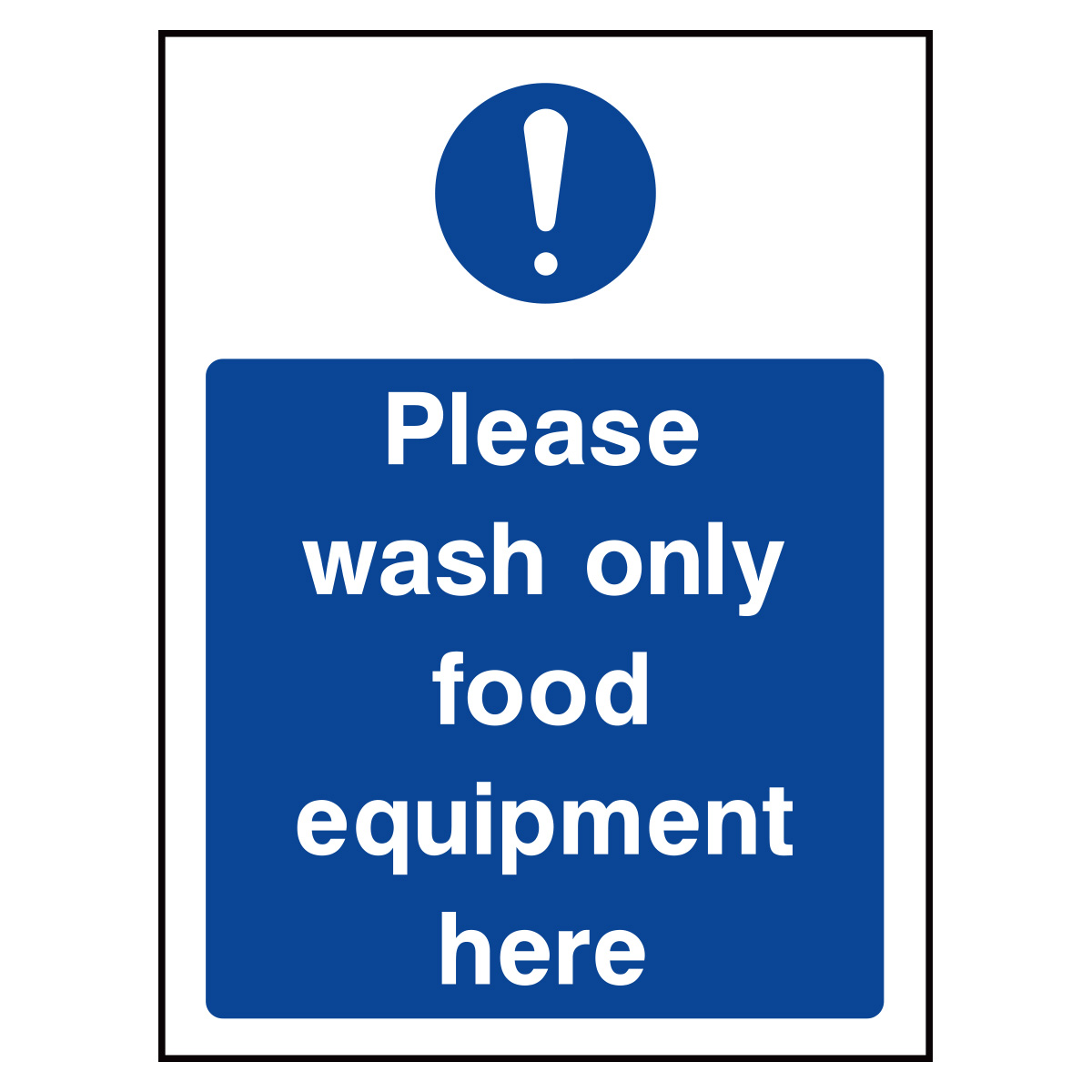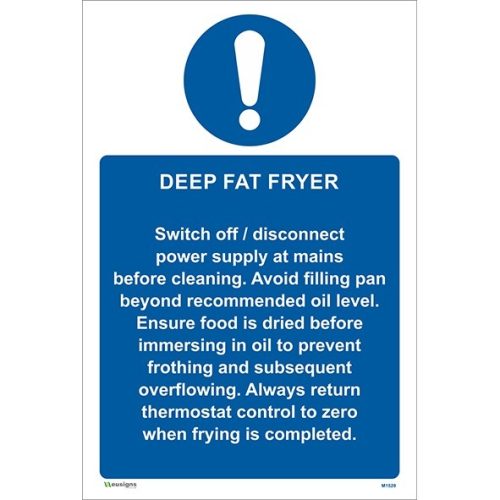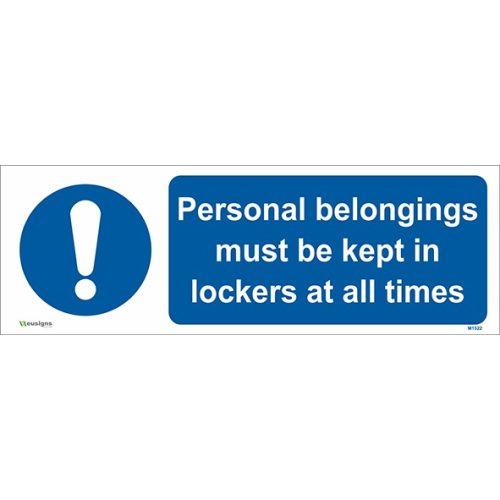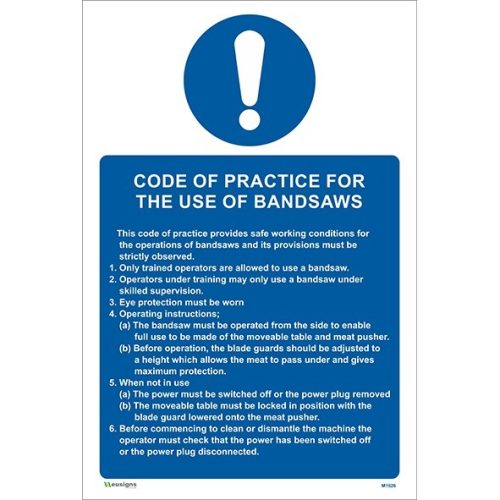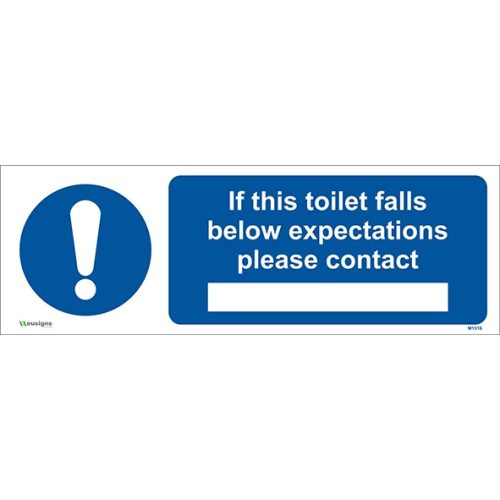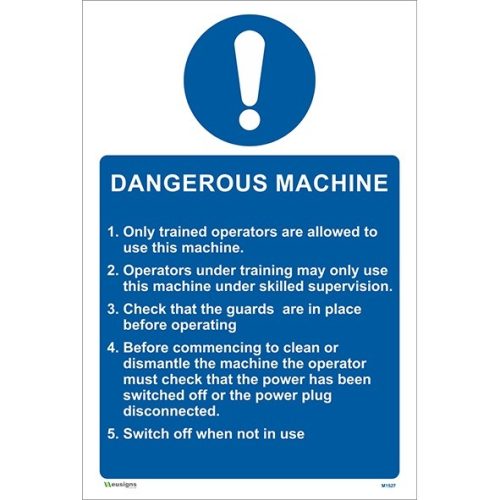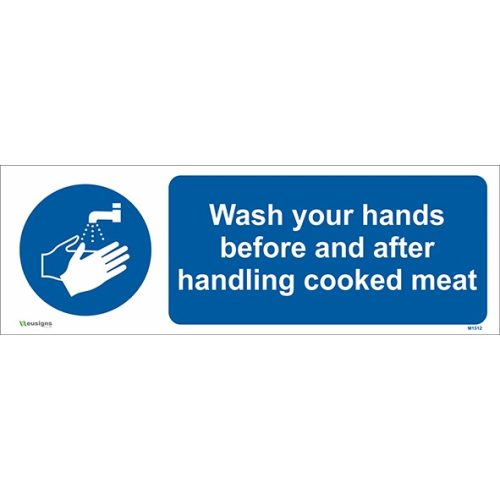Product Categories
- Health and Safety Signs
- First Aid Signs
- Construction Signs
- Warning Signs
- Footpath Signs
- Combination Safety Signs
- Protective Equipment Signs
- Office Signs
- Social Distancing Essentials
- CCTV in Operation Signs
- Information Signs
- Garage Signs
- Health & Safety Posters
- Door Signs
- Health and Safety Stickers
- Custom Printed Banners
- Printed Business Stationery
- Workwear
- Deals
Please wash only food equipment here sign
£2.25 – £23.40Price range: £2.25 through £23.40
SKU: EUHY0003
Please wash only food equipment here sign. All the signs in the catering signs category conform to the Health & Safety Signs and Signals Regulations: BS5499-1 and EN ISO7010. Please contact us at info@eusigns.co.uk for customised size and design requests.
Please wash only food equipment here sign
Please wash only food equipment here sign is a clear, durable notice that places the right instruction exactly where staff make decisions. In busy kitchens and food production areas, people move quickly; they need short, unmistakable prompts to wash hands, separate raw and cooked products, and use the right storage locations. This product helps you cut cross contamination, raise audit scores, and keep service flowing without friction. Because the legend is simple and the contrast is high, users react immediately without coaching.
Please wash only food equipment here sign: purpose and key outcomes
The objective is straightforward: make the required behaviour obvious at the point of use. When a message appears at a sink, a fridge door, or a prep bench, people follow it because the next action is clear. Therefore, these signs are a practical control within HACCP plans; they reinforce training, close gaps between shifts, and reduce near misses. Moreover, consistent wording across sites helps new starters settle quickly while auditors see a coherent system they can trust.
Compliance in the UK: what you should know
Signage supports your legal duties, although signs alone do not make you compliant. In the UK, food businesses must comply with the Food Safety Act 1990 and the Food Hygiene Regulations applicable in your nation such as the Food Hygiene England Regulations 2013. Risk controls should be proportionate and based on HACCP principles. Consequently, you should identify hazard points, specify procedures, and use signage to prompt the right behaviour consistently. For high level hygiene expectations and practical tools, consult the Food Standards Agency: food safety and hygiene. In addition, signage design should follow recognised principles so messages are seen and understood quickly; in workplaces this typically means using high contrast colours, clear pictograms where appropriate, and concise text. While ISO 7010 and BS 5499 focus on safety symbols rather than food labels, their core ideas about legibility and comprehension are useful benchmarks.
Where to place the Please wash only food equipment here sign for real results
Place the panel where it changes behaviour. If the instruction is about hand washing, mount it at eye level beside taps and soap dispensers, not across the room. If it is a storage label for a fridge or a shelf, fix it at the handle side so the instruction is the last thing a person sees before opening the door or stowing a tray. Likewise, for prep zones, locate the message at the bench edge or splashback where it is visible during setup. Avoid cluttered noticeboards; a clean background helps text stand out and avoids banner blindness.
- Clean and dry the surface thoroughly so adhesive or fixings achieve full strength and the panel sits flat.
- Position at consistent height across your site; keep sightlines clear and avoid glare from lights or windows.
- Record the location in your signage schedule so replacements match size, wording, and fixing points exactly.
These three steps reduce rework and keep your messages uniform. Uniformity matters because staff can transfer good habits between areas and sites. Furthermore, a simple schedule speeds future orders and ensures you always receive the same layout and materials without chasing artwork.
Please wash only food equipment here sign materials and durability
Food environments demand panels that resist frequent wipe downs, steam, temperature changes, and occasional knocks. Choose a substrate that matches the exposure and the mounting surface. Vinyl works well on smooth, clean appliances; rigid boards suit doors and walls; aluminium composite excels in damp or high traffic corridors. Where solvents or aggressive cleaners are used, add a protective laminate to preserve legibility.
- Vinyl Sticker: fast application on smooth equipment and glazed surfaces; ideal for fridges, splashbacks, and cabinets.
- 2mm Rigid Plastic: lightweight and economical for interior doors and clean corridors where impacts are minimal.
- 3mm or 5mm Foamex: extra rigidity for larger panels or locations with frequent cleaning and handling.
- 3mm or 5mm Aluminium Composite: long life in damp or heavy duty areas; maintains flatness and crisp edges.
Standard sizes cover most use cases such as 150mm by 200mm for appliance fronts or 200mm by 300mm for doors. For unusual footprints, we can manufacture exact dimensions so your panel fits neatly beside controls or in tight bays. If you plan to include a QR code to cleaning procedures or digital checklists, we will reserve clear space in the artwork to keep scanning reliable.
Choosing the right size for visibility
Size should be driven by viewing distance, approach speed, and background complexity. A compact label at arm’s length is fine for a fridge handle, but a corridor door needs a larger panel so staff can read it while walking with trays. In visually busy areas, go a size up to overcome clutter. For a consistent, defensible method across your site set, apply the viewing distance logic in our Safety Sign Size Guide and keep the same approach for similar locations. Consistency reduces decision time and keeps your brand and compliance standards aligned.
Build a coherent food hygiene signage system
One sign helps; a system prevents incidents. Start with the essential prompts, then layer messages to cover hand hygiene, segregation of raw and cooked products, and storage rules. As you standardise, browse our core ranges and keep layouts, colours, and positions consistent. See the full range in Health and Safety Signs, add behaviour prompts from Mandatory Signs, control actions with Prohibition Signs, and manage hazards using Warning Signs. When decisions depend on legibility, always return to the Safety Sign Size Guide so choices remain consistent and auditable.
Cleaning and maintenance in real kitchens
Grease mists, steam, and fingerprints build up quickly on smooth panels. Include a quick wipe in your daily open and close checks. Use non abrasive cloths; where solvents are required, specify panels with anti graffiti laminate to protect the print. Replace damaged or heavily scuffed boards promptly; mixed quality across one route undermines confidence and confuses new starters. Documenting your cleaning interval and inspection result alongside the sign schedule helps supervisors evidence control during audits.
Frequently asked questions
Is this product suitable for cold rooms Yes. Use vinyl on smooth appliance fronts or aluminium composite on walls and doors where humidity is high. Adhesion improves when the surface is clean and close to room temperature during installation.
Can we add our logo or bilingual text Yes. We can add a tidy brand border or a small logo without crowding the main instruction. For bilingual sites, we will balance both languages and maintain legibility under typical viewing distances.
Does this replace training No. Signs reinforce training; they do not replace it. Nevertheless, well placed prompts reduce slips in busy periods and remind agency staff about your standards.
Is this legal advice No. This guidance is practical and general. You remain responsible for compliance with food law and should adapt controls to your risks and your regulator’s advice.
Ordering and custom options
We manufacture in the UK with UV stable print for crisp colour and long service life. If you need a different size, wording, or a QR code to your cleaning SOPs, we can produce it quickly and keep the spec on file for future orders. For quotes and guidance, call 02033752100 or email sales@eusigns.co.uk. We ship fast across the UK and offer free local delivery near WD6.
Implementation tips for supervisors and auditors
Before installation, walk the route from staff entrances to prep and storage areas and note natural eye lines; fit panels where eyes naturally land, not where empty wall space happens to exist. After installation, observe real shifts; if people miss an instruction, adjust height or move the panel closer to the decision point. For multi site estates, create a short one page standard specifying message, material, size, fixing method, and placement heights; apply this consistently when opening new units or after refurbishments. During audits, carry your signage schedule with thumbnail photos; this reduces dispute and speeds close out. Finally, review messages quarterly; remove obsolete notices so the important ones remain prominent.
Where allergen control is critical, pair message panels with coloured boards that match your utensil coding to strengthen visual cues. In mixed production rooms, put zone labels at transitions so staff consciously switch tools and gloves. For contractors and deliveries, place route instructions at service entrances to guide them away from clean areas; this keeps back of house calmer and reduces cross traffic during busy service. Document these placements in your food safety management system so new managers can maintain standards without guesswork.
Related products
From: £2.25
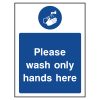

From: £2.25
